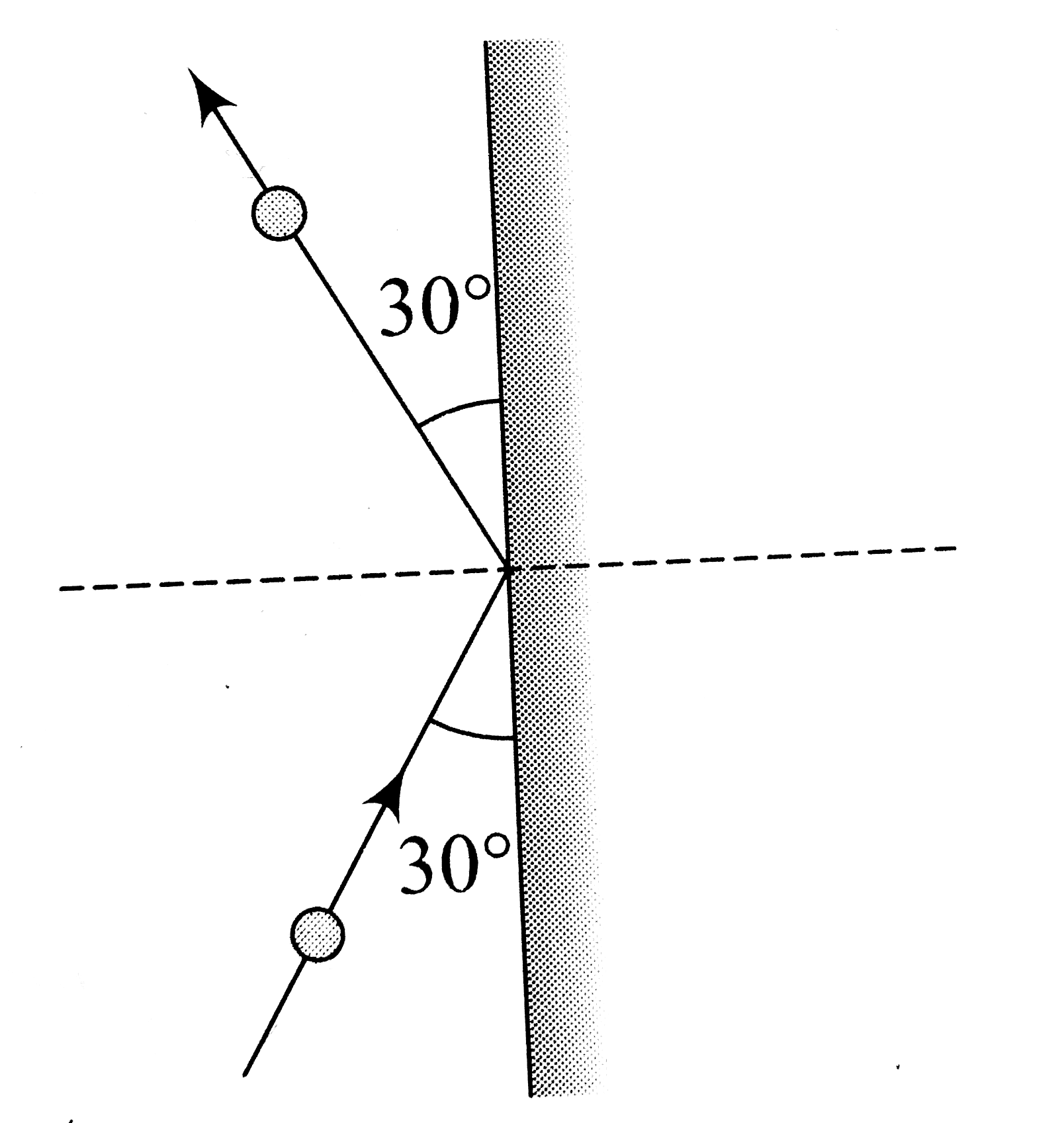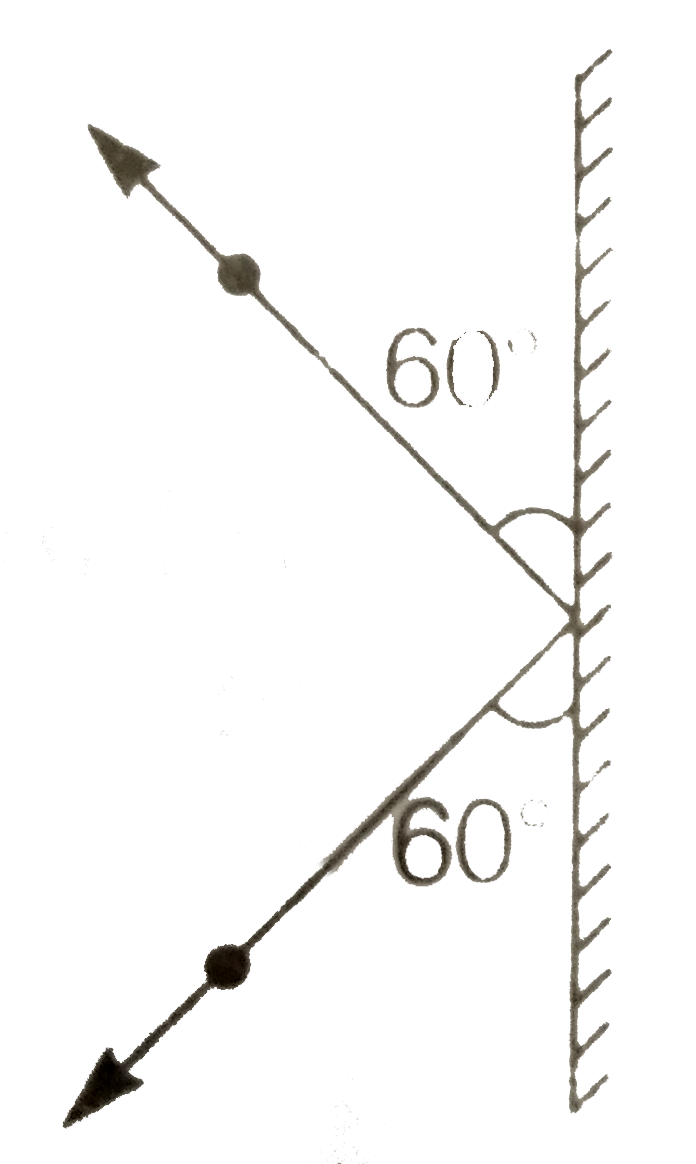A 0.66kg ball is moving wih a speed of 100m/s. The associated wavelength will be.
6.6×10−34m
1.0×10−35m
1.0×10−32m
6.6×10−32m
The correct Answer is:B
To find the associated wavelength of a moving ball using De Broglie's equation, we can follow these steps:
Step 1: Understand De Broglie's Equation
De Broglie's equation relates the wavelength (λ) of a particle to its momentum. The equation is given by:
λ=hmv
where:
- λ is the wavelength,
- h is Planck's constant (6.626×10−34Js),
- m is the mass of the particle in kilograms,
- v is the velocity of the particle in meters per second.
Step 2: Identify the Given Values
From the question, we have:
- Mass of the ball, m=0.66kg
- Velocity of the ball, v=100m/s
Step 3: Substitute the Values into the Equation
Now, we can substitute the values of h, m, and v into the De Broglie's equation:
λ=6.626×10−340.66×100
Step 4: Calculate the Denominator
Calculate the product of mass and velocity:
mv=0.66×100=66kg m/s
Step 5: Calculate the Wavelength
Now substitute the value of mv back into the equation:
λ=6.626×10−3466
Step 6: Perform the Division
Now perform the division:
λ=1.0039×10−35m
Step 7: Final Result
Thus, the associated wavelength of the ball is approximately:
λ≈1.0×10−35m
Summary
The associated wavelength of the 0.66 kg ball moving at a speed of 100 m/s is λ≈1.0×10−35m.
---
De Broglie's equation relates the wavelength (λ) of a particle to its momentum. The equation is given by:
λ=hmv
where:
- λ is the wavelength,
- h is Planck's constant (6.626×10−34Js),
- m is the mass of the particle in kilograms,
- v is the velocity of the particle in meters per second.
From the question, we have:
- Mass of the ball, m=0.66kg
- Velocity of the ball, v=100m/s
Now, we can substitute the values of h, m, and v into the De Broglie's equation:
λ=6.626×10−340.66×100
Calculate the product of mass and velocity:
mv=0.66×100=66kg m/s
Now substitute the value of mv back into the equation:
λ=6.626×10−3466
Now perform the division:
λ=1.0039×10−35m
Thus, the associated wavelength of the ball is approximately:
λ≈1.0×10−35m
The associated wavelength of the 0.66 kg ball moving at a speed of 100 m/s is λ≈1.0×10−35m.
Similar Questions
A cricket ball of 0.5 kg is moving with a velocity of 100ms−1. The wavelength associated with its motion is :
View SolutionA 0.5kg ball moving with a speed of 12m/s strikes a hard wall at an angle of 30∘ with the wall. It is reflected with the same speed and at the same angle . If the ball is in contact with the wall for 0.25s, the average force acting on the wall is

View Solution
Knowledge Check
A body of mass 10mg is moving with a velocity of 100ms−1. The wavelength of the de Broglie wave associated with it would be
A6.626×10−7mB6.626×10−34mC6.626×10−4mD6.626×10−35m
A cannon of mass 100 kg is kept on a frictionless floor. If a cannon ball of mass 1 kg is fired from it with a speed of 200 m/s. With what velocity the cannon will move ?
View SolutionA bullet of mass 0.1 kg is fired with a speed of 100 m/sec , the mass of gun is 50 kg . The velocity of recoil is
View SolutionA bullet of mass 0.1 kg is fired with a speed of 100 m/sec , the mass of gun is 50 kg . The velocity of recoil is
View Solution(a) An electron moves with a speed of 4.70×106 m//s. What is its de-Broglie wavelength?
(b) A proton moves with the same speed. Determine its de - Broglie wavelength.
View SolutionA block of mass 0.50kg is moving with a speed of 2.00m/s on a smooth surface. It strikes another mass of 1kg at rest and they move as a single body. The energy loss during the collision is
View SolutionA ball of mass 3kg moving with a speed of 100 m/s, strikes a wall at an angle 60∘ (as shown in figure). The ball rebounds at the same speed and remains in contact with the wall for 0.2 s, the force exerted by the ball on the wall is

View SolutionA ball of mass 0⋅2 kg moving with a speed of 30 m/s strikes a bat returns in opposite direction with speed of 90m/s . Magnitude of change in momentu,m of ball will be
View Solution